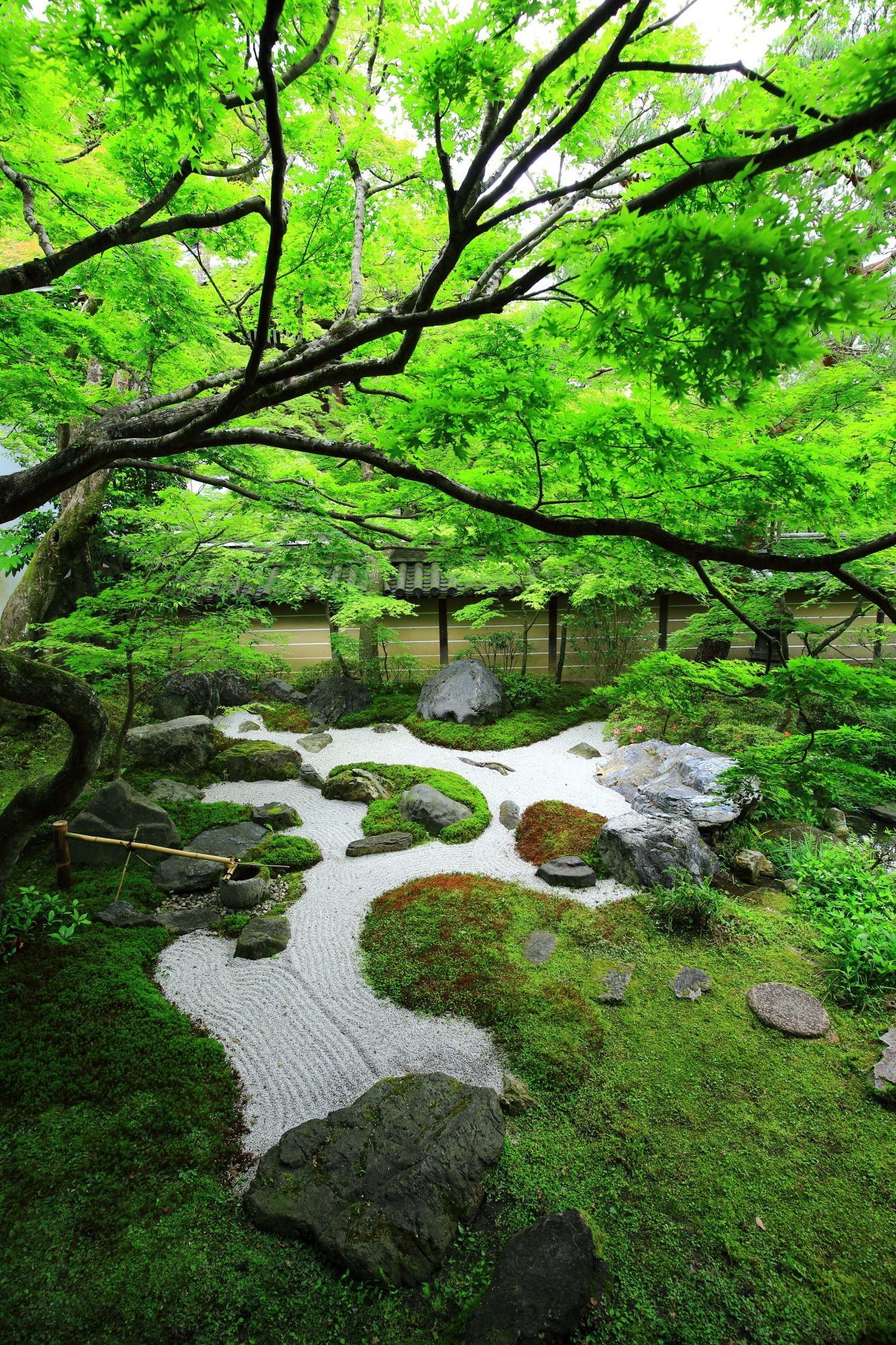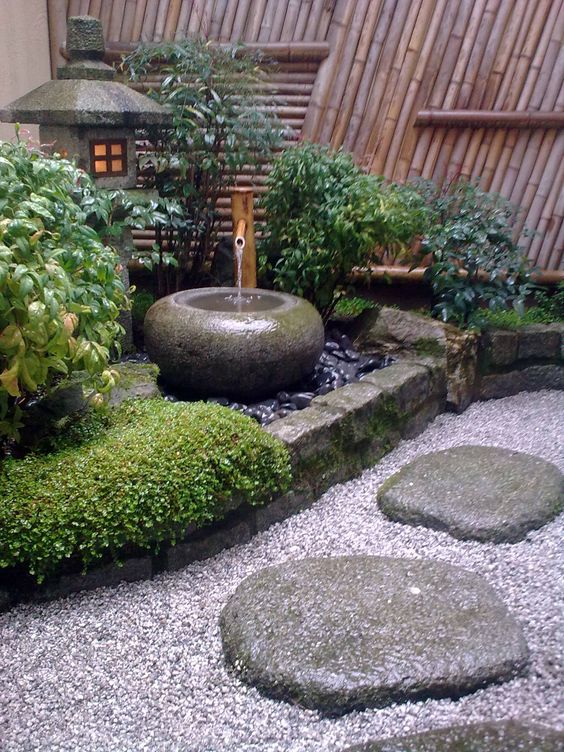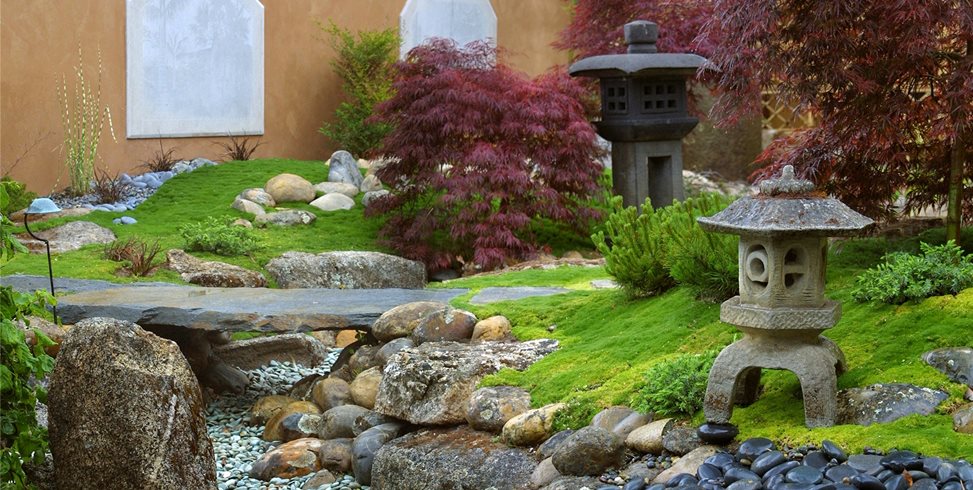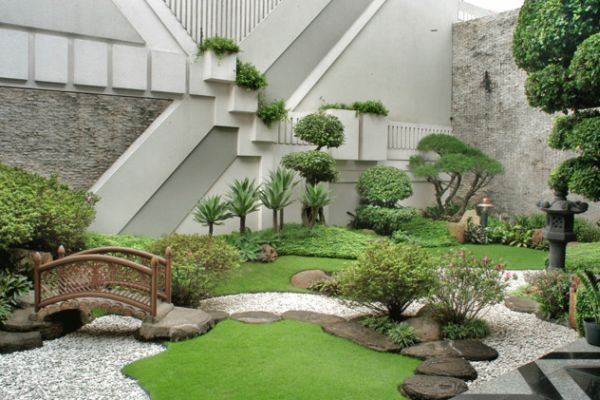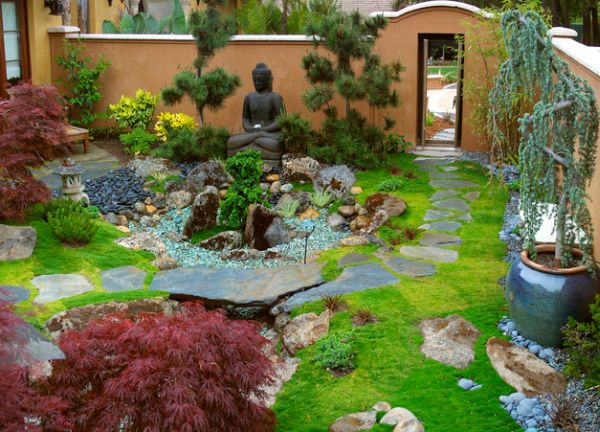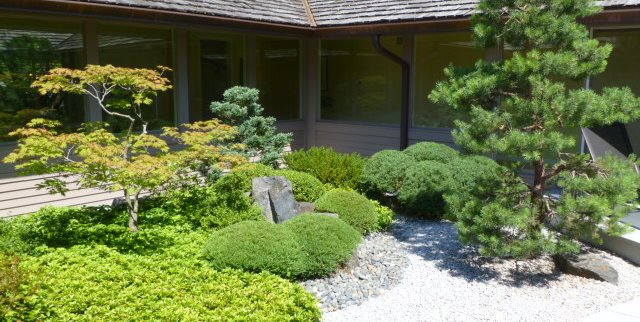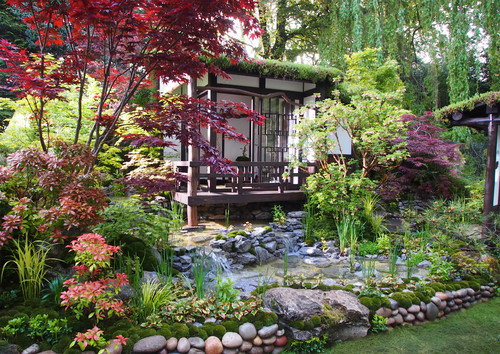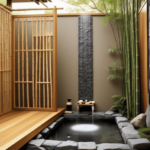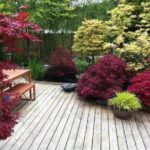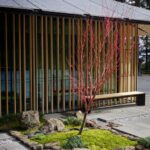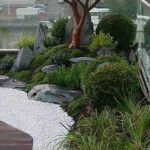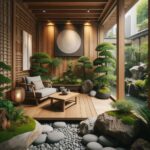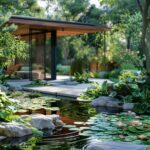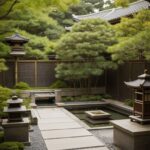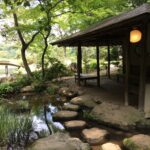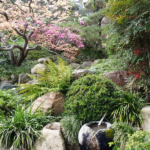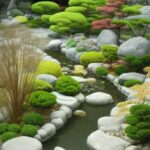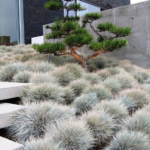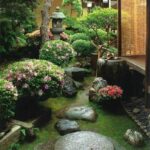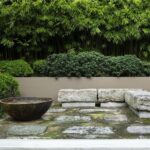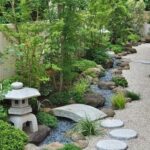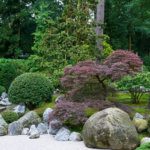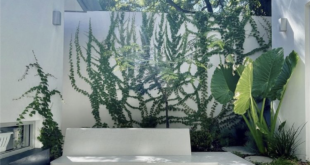The Japanese style of backyard design is known for its simplicity, tranquility, and natural beauty. Drawing inspiration from traditional Japanese gardens, this style incorporates elements such as water features, rocks, plants, and winding pathways to create a peaceful and harmonious outdoor space.
One of the key features of Japanese backyard design is the use of water elements. A small pond or stream can add a sense of serenity to the space, with koi fish often being a popular choice to inhabit these water features. Waterfalls and fountains can also be incorporated to add movement and sound to the garden, further enhancing its calming atmosphere.
Rocks are another important element in Japanese backyard design. These can be used to create focal points, pathways, and even simple rock gardens. The arrangement of rocks in the garden is meant to mimic natural landscapes, with larger rocks representing mountains and smaller rocks symbolizing islands in a sea of gravel or sand.
Plants play a crucial role in Japanese backyard design, with an emphasis on simplicity and symmetry. Common plant choices include bamboo, Japanese maples, cherry blossoms, and moss. These plants are often pruned in a formal manner to create a neat and organized appearance, with an emphasis on creating balance and harmony in the garden.
Winding pathways are a hallmark of Japanese backyard design, inviting visitors to explore the space at a leisurely pace. These pathways can be made from gravel, stepping stones, or wooden planks, and are often designed to lead visitors through different areas of the garden, allowing them to experience the space from various angles.
Overall, Japanese backyard design is about creating a space that promotes relaxation, contemplation, and a connection to nature. By incorporating water features, rocks, plants, and pathways in a harmonious manner, a Japanese-style backyard can provide a sanctuary from the hustle and bustle of everyday life, allowing you to unwind and find peace in your own outdoor oasis.
 innstyled backyard design ideas
innstyled backyard design ideas
